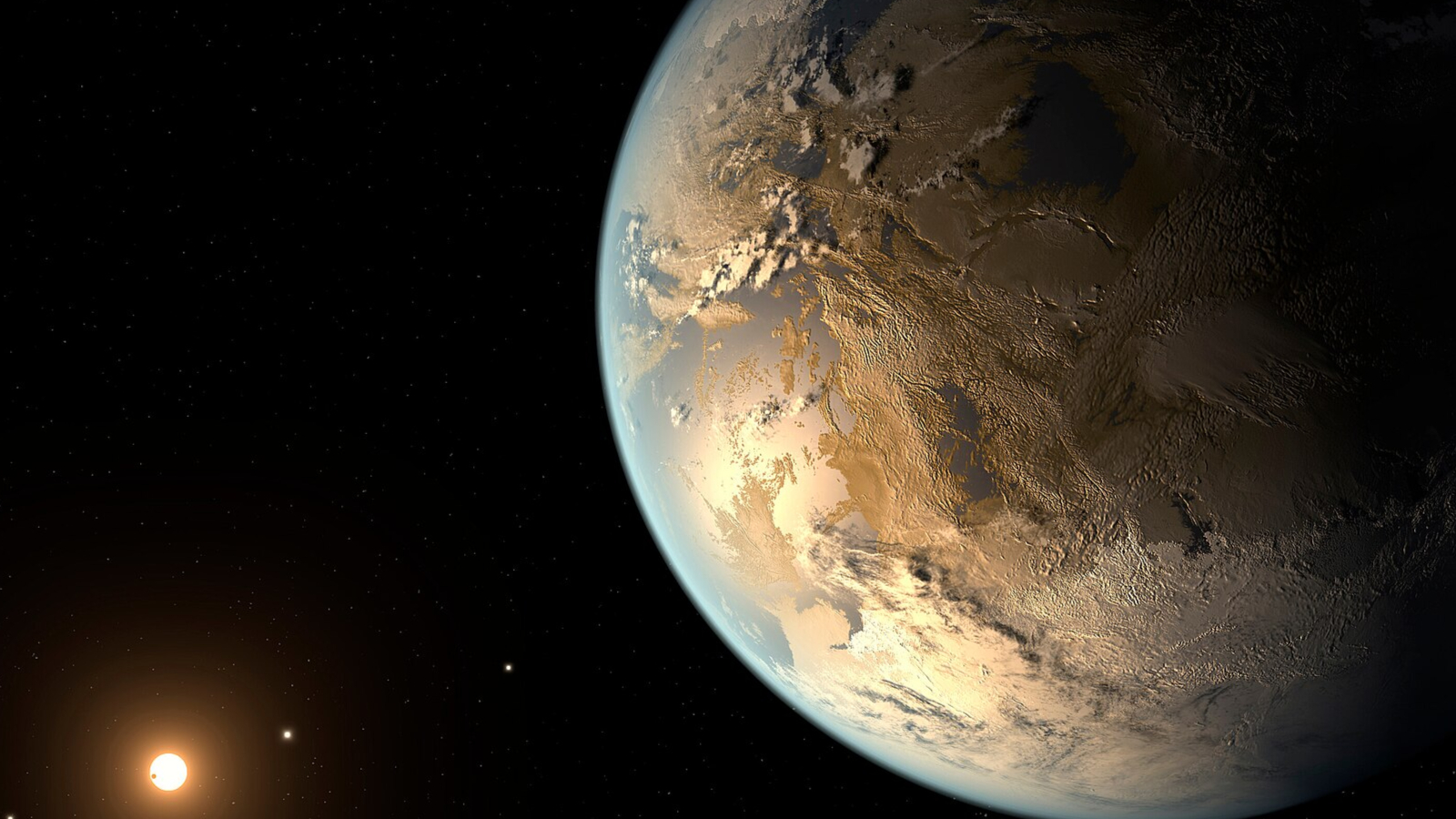Look up! How to see the Eta Aquarid meteor shower 2025 peak overnight on May 5-6
Eta Aquarids are known for leaving glowing debris trails in their wake.
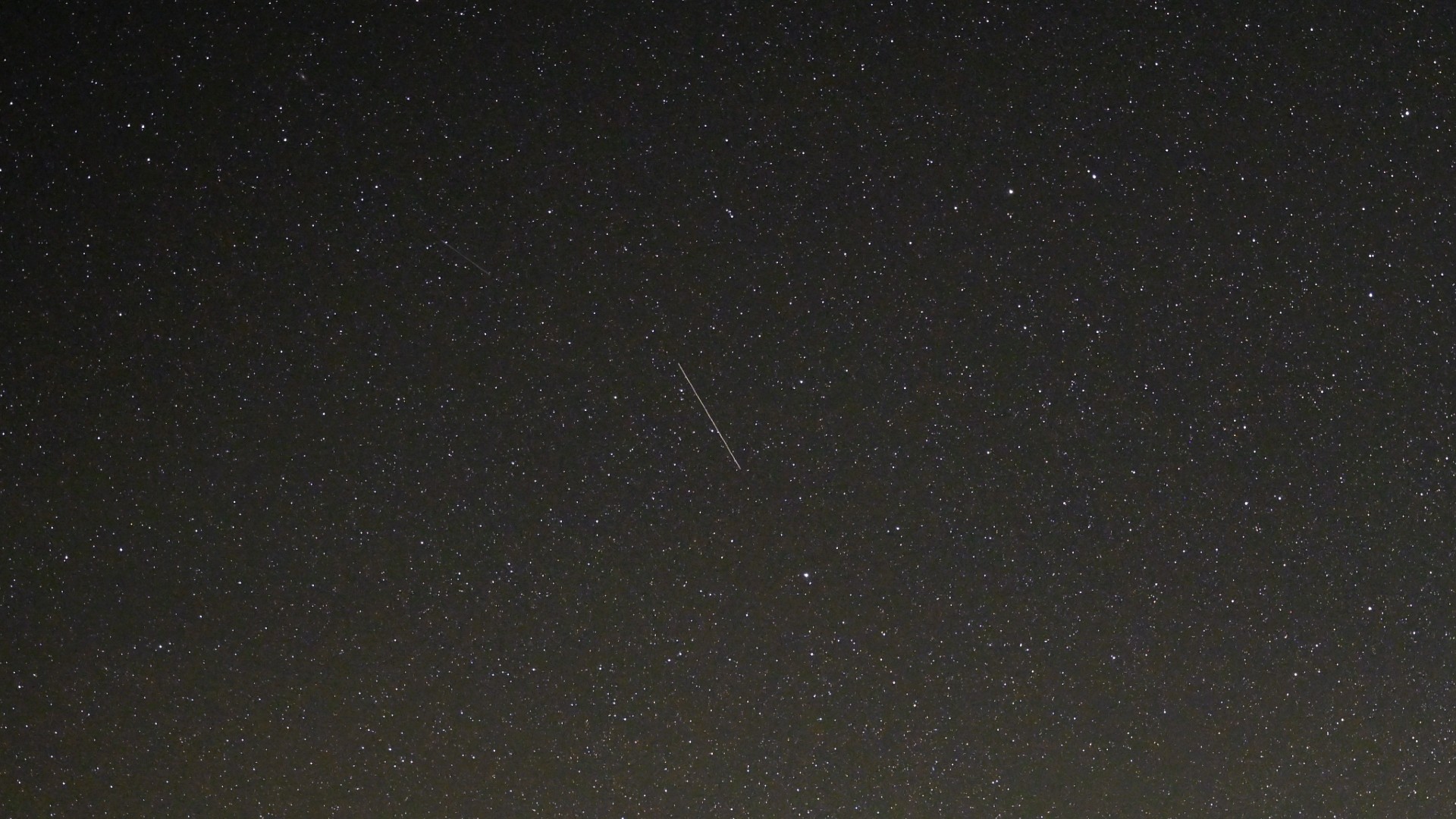
The Eta Aquarid meteor shower is set to peak on the morning of Tuesday, May 6, bringing with it a cosmic light show as 'shooting stars' — and potentially dazzling fireballs — could burst to life above our heads as Earth barrels through the trail of debris left behind by Halley's comet.
This year's Eta Aquarid shower peaks on the nights of May 5 and May 6, during which well-placed stargazers could see up to 50 meteors per hour pass swiftly across the sky, according to NASA. The meteors will appear to be coming from a patch of sky — known as a radiant — located in the constellation Aquarius. This equatorial constellation is particularly high for stargazers in the Southern Hemisphere at this time of year, allowing them to catch the greatest number of meteors.
While May 5-6 represents the peak of activity, the Eta Aquarid shower has technically been active since April 20, so make sure you keep an eye on the sky in the run-up to the peak of activity next week.
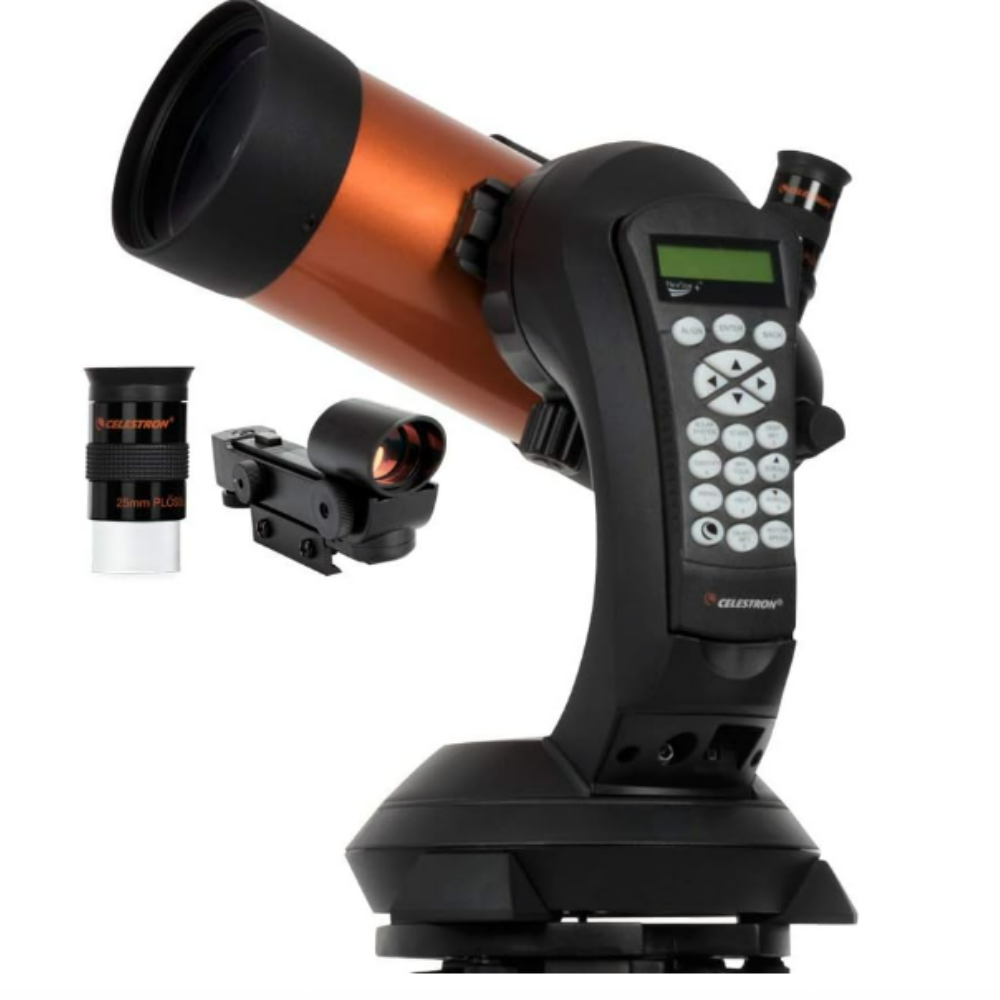
Want to explore the solar system while you wait for the Eta Aquarids to peak? The Celestron NexStar 4SE is ideal for beginners wanting quality, reliable and quick views of celestial objects. For a more in-depth look at our Celestron NexStar 4SE review.
For viewers in the Northern Hemisphere, the shower is best viewed during the pre-dawn hours, when the radiant will rise along with Aquarius in the eastern sky. During this time, viewers in New York, for example, could expect to see around 10 meteors per hour. However, Aquarius will be low on the eastern horizon for mid-northern latitudes, making them some what difficult to spot.
As our planet passes through Halley's sweeping orbital path in early May, countless pieces of cometary debris will strike Earth's atmosphere at speeds of up to 40 miles per second (65.4 km per second). Upon hitting the atmosphere, the air in front of these primordial particles compresses and imparts friction, causing them to disintegrate in spectacular fashion above our heads in flashes of light that can be easily visible to the naked eye under the right conditions.
Eta Aquarids are known for leaving glowing debris trails in their wake. The best way to catch the longest trails is to find a patch of sky 40 degrees away from the radiant in the direction of your local zenith — the point in the night sky above your head — and to allow at least 30 minutes for your eyes to adapt to the dark. (Remember, 10 degrees is roughly the equivalent to the width of your upturned, clenched fist, when held at arms length from your body.)
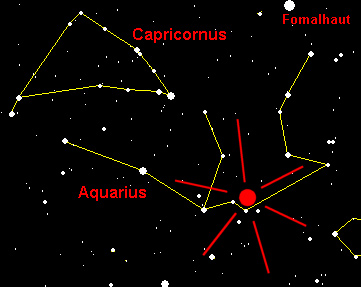
It's also possible that particularly large clumps of primordial debris shed by Halley can strike our atmosphere during these periods of activity, which create dramatic 'fireball' events as they blaze through the sky before disintegrating overhead.
Get the Space.com Newsletter
Breaking space news, the latest updates on rocket launches, skywatching events and more!
Fancy trying your hand at imaging an Eta Aquarid meteor? Then be sure to check out our handy guide on how to photograph meteor showers, which details everything that you'll need to know from the gear you need to take to the composition of your shot.
The Eta Aquarid meteors won't be the only thing to see in the night sky this month. If you're looking to explore the wonders of the solar system and beyond for yourself then be sure to check out our guides for the best binoculars deals and the best telescope deals now on offer in 2025. And if you're looking to make a permanent record of your stargazing sessions, then our guides on the best cameras for astrophotography and best lenses for astrophotography may also be of service to you.
Join our Space Forums to keep talking space on the latest missions, night sky and more! And if you have a news tip, correction or comment, let us know at: community@space.com.
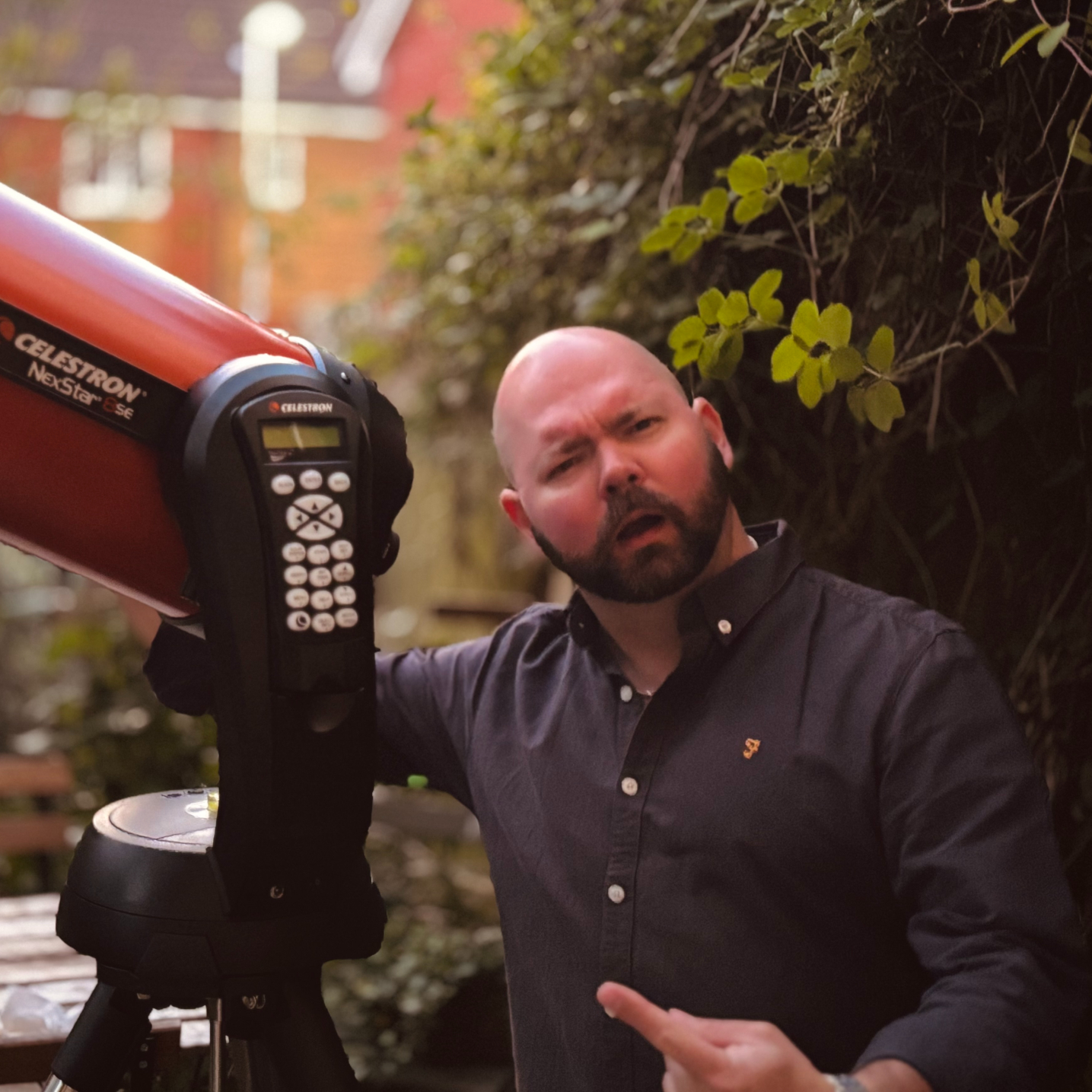
Anthony Wood joined Space.com in April 2025 after contributing articles to outlets including IGN, New Atlas and Gizmodo. He has a passion for the night sky, science, Hideo Kojima, and human space exploration, and can’t wait for the day when astronauts once again set foot on the moon.
You must confirm your public display name before commenting
Please logout and then login again, you will then be prompted to enter your display name.
